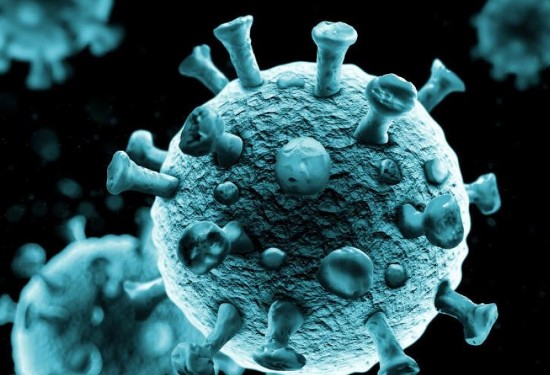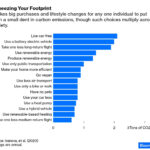The World Health Organization (WHO) and John Hopkins University have been keeping a death count for COVID-19 and as of today, the number has reached 5,024,168. That’s a population about twice the size of the City of Toronto not including the suburbs. What’s sad about this number is it represents the official tally and not the one that the WHO and other medical authorities deem to be a more accurate count.
Among the numbers being given to us are these: cases have surpassed 248 million globally and administered vaccines have reached almost 6.9 billion. Of all the numbers described here, only the last one is accurate. That’s because COVID-19 deaths have and continue to be seriously underestimated. And so do the number of cases because of serious misreporting and data gaps from many countries.
So what is the actual number of those who have succumbed to COVID-19?
In 2020, the WHO noted that mortality numbers for that year were much higher than what would normally have been predicted. In its conclusions it made the following statement:
“We are likely facing a significant undercount of total deaths directly and indirectly attributed to COVID-19.”
At the time the official death count was 1.813 million. But higher than normal mortality numbers based on data gathered suggested the real number to be 3 million, a 65% difference.
How were excess mortality numbers calculated?
The Technical Advisory Group on COVID-19 for the WHO was tasked with correcting the calculations. The group members include demographers, epidemiologists, data and social scientists, and statisticians from across the world.
They looked at observed deaths for a year and data trends for deaths if COVID-19 were absent. They noted where there were data gaps. And they modelled the data from reliable sources such as the information coming from the Americas, and Europe to come up with an estimate of about 60% for the former and 50% for the latter in underreporting deaths.
Where were the data gaps?
The WHO noted in its analysis that Africa, the Eastern Mediterranean, Southeast Asia, and the Western Pacific were areas of the planet with insufficient data to project underreported deaths. What the WHO didn’t note was a similar lack of accurate data from places like Russia, and China, two countries believed to have seriously underreported COVID-19 cases and deaths. In the case of Russia, inexplicable rises in pneumonia and lung ailments causing death were likely COVID-19 related.
But be that as it may, the 65% underreporting of deaths, which the WHO says was its lower estimate for 2019, if projected to today would mean actual mortality numbers for COVID-19 should be more than 8.289 million, or 13.8% of projected global deaths for this year.
How do COVID-19 numbers compare to other leading causes of death?
COVID-19 deaths would be second to heart disease in 2019 which was the leading cause of deaths that year at 8.9 million. COVID-19 would have surpassed the next category, strokes, which in 2019 were responsible for over 6 million deaths. The remaining top 10 include chronic obstructive pulmonary disease and lower respiratory infections each at about 3 million in 2019, followed by neonatal conditions at 2 million, and lung diseases and lung cancer, Alzheimer’s, diarrhea, diabetes. and kidney disease making up the remainder, each with numbers between 1 and 2 million.
Is it ghoulish to keep records of leading causes of death for every country?
Without knowing what kills us, it is impossible to assess the effectiveness of our medical systems and where gaps remain. If anything, COVID-19 should have taught us this, that countries need to invest in tracking the health of their populations using comprehensive and accurate data collection systems managed by health professionals and not subject to political interference. Only then can policymakers have the information to allow them to create programs, and direct money and resources to where they are most needed.
How we prepare for the next global pandemic will require us to be much better at data collecting and data sharing. And we need to use all the digital tools at hand. Artificial intelligence can help to predict and track pathogens that could do to the planet what COVID-19 has done to us these past two years. In the age of the Internet and with the abundance of technological resources available to us, you would think this would be a no-brainer.
















